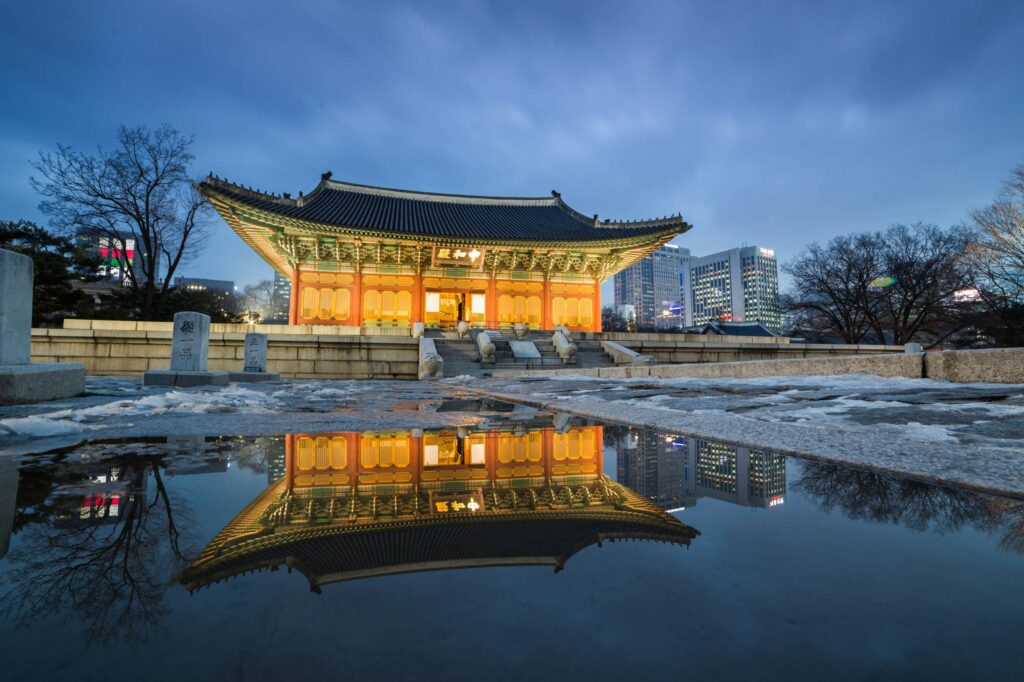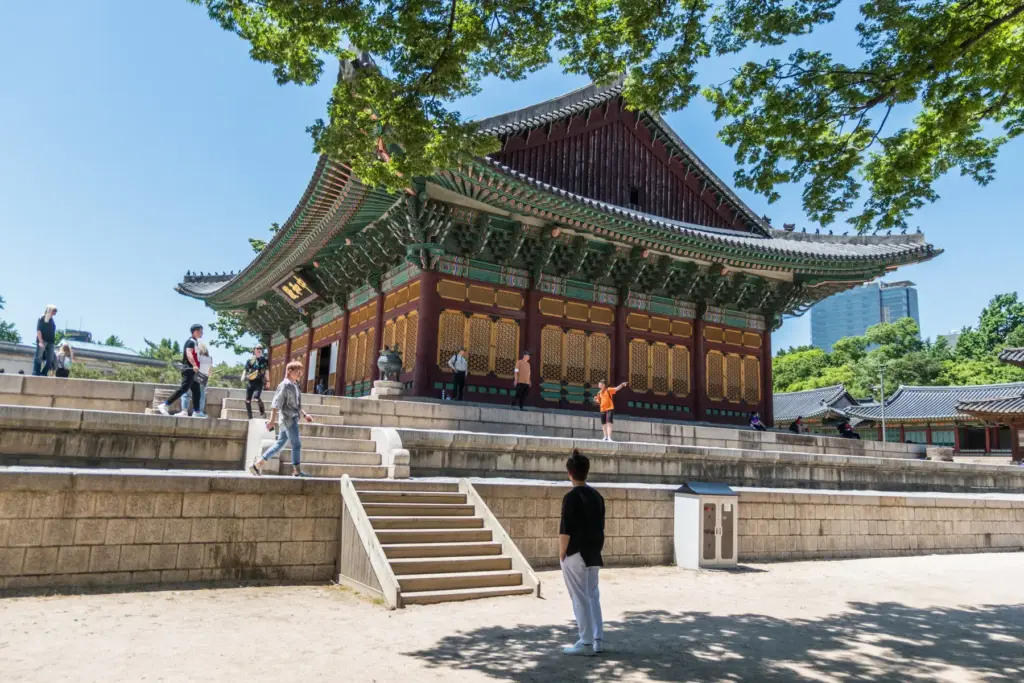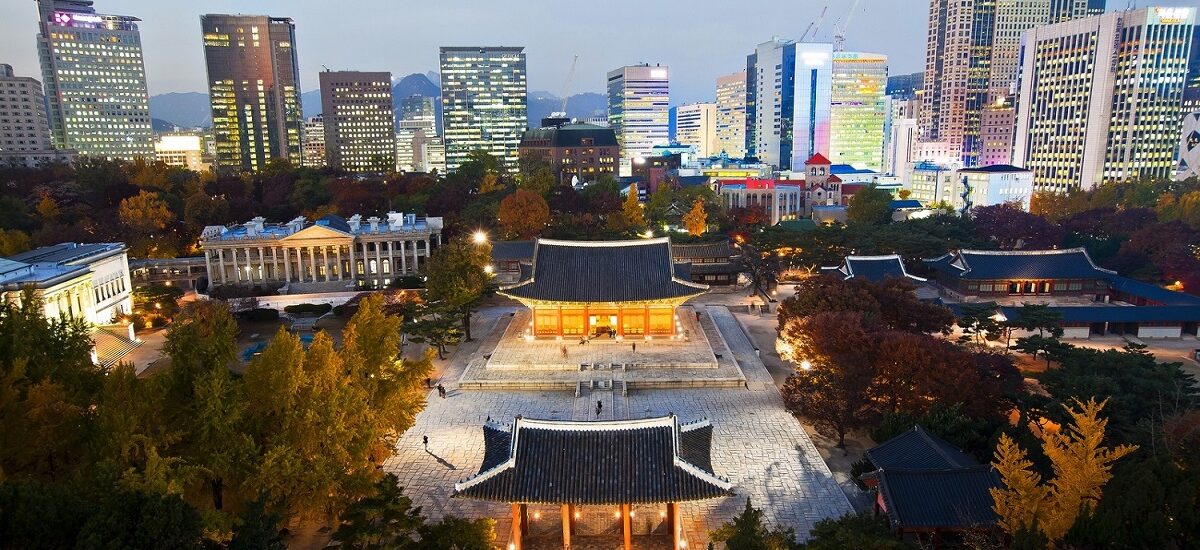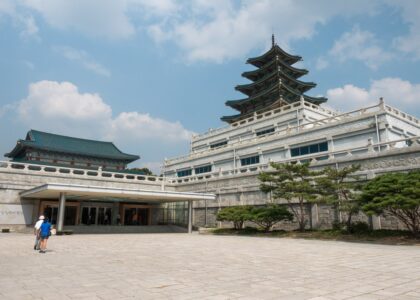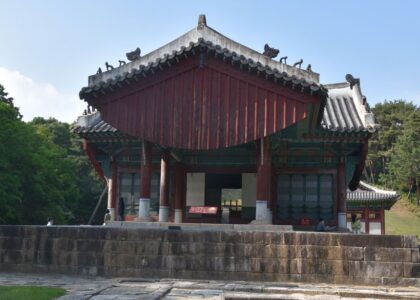Deoksugung Palace, located in central Seoul, is unique among the city’s Five Grand Palaces because it beautifully blends traditional Korean architecture with Western-style buildings. It stands as a significant symbol of Korea’s turbulent transition from the Joseon Dynasty to the Korean Empire (1897–1910).
Originally a royal residence, it became a temporary palace for King Seonjo after other palaces burned down during the Imjin War (Japanese invasions). It was later named Gyeongungung Palace under King Gwanghaegun. Its status elevated when Emperor Gojong made it the imperial palace in 1897, constructing modern structures like the Neo-Classicist Seokjojeon Hall (now the Daehan Empire History Museum) and Jeonggwanheon Hall, where he reportedly enjoyed coffee. In 1907, it was renamed Deoksugung, meaning “Palace of Virtuous Longevity.”
Key attractions include the main hall, Junghwajeon Hall, and the surrounding Deoksugung Stone-Wall Road, famous for its autumn foliage. The palace serves as a living testament to Korea’s modern history.
